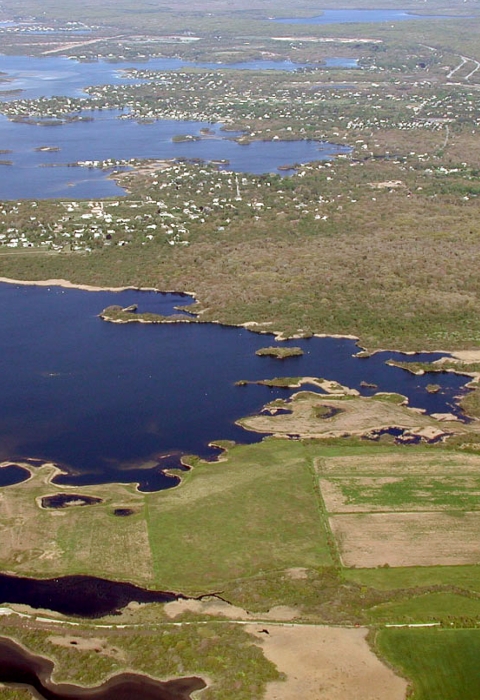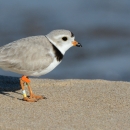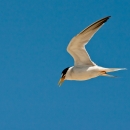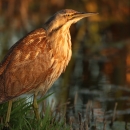Visit Us
National wildlife refuges offer us all a chance to unplug from the stresses of daily life and reconnect with our natural surroundings.
Trustom Pond National Wildlife Refuge offers a wide variety of wildlife-dependent public use opportunities for visitors such as hiking, birding, self-guided tours, wildlife photography, school field trips, hunting, outside scavenger hunts, and fishing along Moonstone Beach. The refuge is open sunrise to sunset.
Location and Contact Information
What We Do
Wildlife conservation is at the heart of the National Wildlife Refuge System. It drives everything on the U.S. Fish and Wildlife Service lands and waters managed within the Refuge System. From the purposes for which a national wildlife refuge national wildlife refuge
A national wildlife refuge is typically a contiguous area of land and water managed by the U.S. Fish and Wildlife Service for the conservation and, where appropriate, restoration of fish, wildlife and plant resources and their habitats for the benefit of present and future generations of Americans.
Learn more about national wildlife refuge is established to the recreational activities offered to the resource management tools used. Using conservation best practices, the Refuge System manages Service lands and waters to help ensure the survival of native wildlife species.



